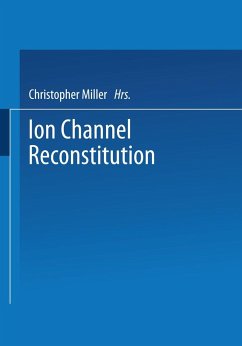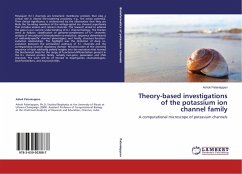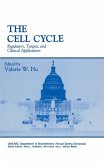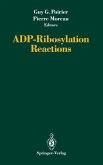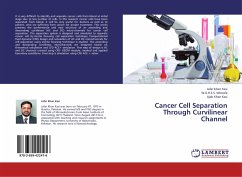It is now over 30 years since the idea of ion-conducting pores burst on the elec trophysiological scene, 15 years since these were generalIy realized to be mem brane-spanning proteins, and 10 years since the first observations of single ion channels from higher organisms were made. During the past 5 years, several integral membrane channel proteins have been purified in a functionalIy competent state: the nicotinic acetylcholine receptor, the Na + channel, mitochondrial "VDAC," and a variety of porins. The stage is thus set to attack ion channels in the same ways that biochemists have been attacking enzymes for decades: isolation folIowed by functional analysis in as simple a system as possible, with a view towards understanding the molecular mechanisms ofthe protein's behavior and how this is related to the underlying molecular structure. This is always a daunting task, alI the more so with ion channels because of our still primitive and scanty understanding of channel structures and because of the difficulty in iso lating functionally active channel proteins. In this volume, which can be considered a biochemically slanted companion to Sakmann and Neher's Single-Channel Recording, I have tried to present a view of the current landscape of ion-channel reconstitution. These chapters illustrate not only the different approaches and techniques of the major practitioners of ion channel reconstitution but, as importantly, the varied motivations for doing this kind of work.

